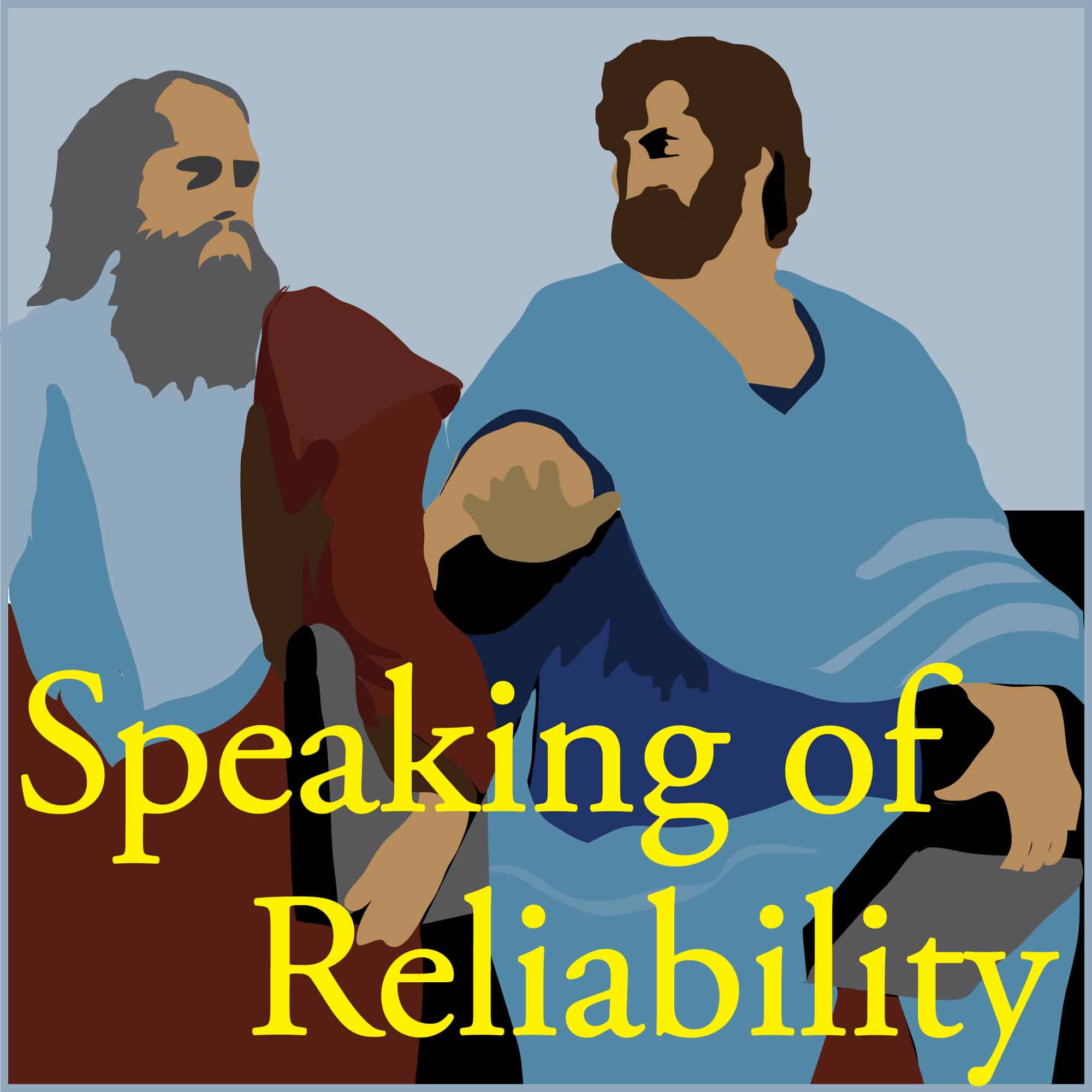

Speaking Of Reliability: Friends Discussing Reliability Engineering Topics | Warranty | Plant Maintenance
Reliability.FM: Accendo Reliability, focused on improving your reliability program and career
Gain the experience of your peers to accelerate improvement of your program and career. Improve your product development process, reliability or warranty performance; or your plant uptime or asset performance. Learn about reliability and maintenance engineering practical approaches, skills, and techniques. Join the conversation today.
Episodes
Mentioned books

Nov 6, 2023 • 0sec
SOR 911 Dealing with Data
Dealing with Data Abstract Philip and Fred discuss the first basic steps when confronted with a pile of data. What do you do with a stack of data – can you make any sense of this – please? Can you believe the analysis results? Designing systems to capture the data you need, not the data […]

Nov 3, 2023 • 0sec
SOR 910 Consumable Product Reliability
We often focus on the components and subsystems of our product when it comes to system reliability modeling. But what about consumables? The batteries, lubricants, gaskets and other things that we are going to routinely replace to keep our product going. Do we need to think about these when it comes to system reliability analysis? Hint ... yes you do.

Oct 30, 2023 • 0sec
SOR 909 Assumptions and Analysis
Assumptions and Analysis Abstract Philip and Fred discuss a fundamental element of all statistical analysis. Key Points Join Philip and Fred as they discuss Topics include: Every analysis or model has assumptions – understand them first Check the assumptions Assumptions are not true because we wish they were Enjoy an episode of Speaking of Reliability. […]

Oct 27, 2023 • 0sec
SOR 908 Why is Reliability a Process?
Why is Reliability a Process? Abstract Carl and Fred discuss the process of reliability, which also happens to be the name of their new book. They answer the question “why is reliability a process”? and discuss what happens if reliability is only approached as a series of methods. Key Points Join Carl and Fred as […]

Oct 23, 2023 • 0sec
SOR 907 How Root is the Cause?
How Root is the Cause? Abstract Carl and Fred discuss the broad subject of identifying root causes and how deep to go. It’s not as simple as getting to the “root.” Key Points Join Carl and Fred as they share experiences in root cause analysis and how it is applied in various reliability engineering methods. […]

Oct 20, 2023 • 0sec
SOR 906 Environmental Testing
Environmental Testing Abstract Kirk and Fred discuss the question of using a standard series of environmental test for reliability development. Key Points Join Kirk and Fred as they discuss standard environmental test suites such as MIL-STD 810 which describe many environmental tests that can be applied depending on the end-use conditions. Topics include: Many of […]

Oct 16, 2023 • 0sec
SOR 905 A HALT Plan Question
A HALT Plan Question Abstract Kirk and Fred discuss a test plan sent to Kirk and how this plan misses the point of accelerated testing. Key Points Join Kirk and Fred as they discuss the fact that many of are labeled by the book titles they have written and yet we know many other important […]

Oct 13, 2023 • 0sec
SOR 904 Good Reliability Requirements
Good Reliability Requirements Abstract Carl and Fred discuss the essence of well-written reliability requirements. They are much more than reliability numbers. Key Points Join Carl and Fred as they discuss how to ensure reliability requirements are proper and adequate. This builds from the definition of reliability. Topics include: What are the four key elements of […]

Oct 9, 2023 • 0sec
SOR 903 Common FMEA Confusions
Common FMEA Confusions Abstract Carl and Fred discuss common FMEA confusions that come up from time to time. These are condensed from questions that Carl gets from “Inside FMEA” readers. Key Points Join Carl and Fred as they discuss common FMEA misunderstandings, and how to simplify the concepts. Topics include: Is it a Failure Mode, […]

Oct 6, 2023 • 0sec
SOR 902 Learning What You Don’t Know
Learning What You Don’t Know Abstract Greg and Fred discuss keeping up professionally, which is a requirement these days to continue to be marketable. Key Points Join Greg and Fred as they discuss three types of reliability engineers: 1. Those to whom something happens; 2. Those who wonder what or why something happened; and 3. […]


